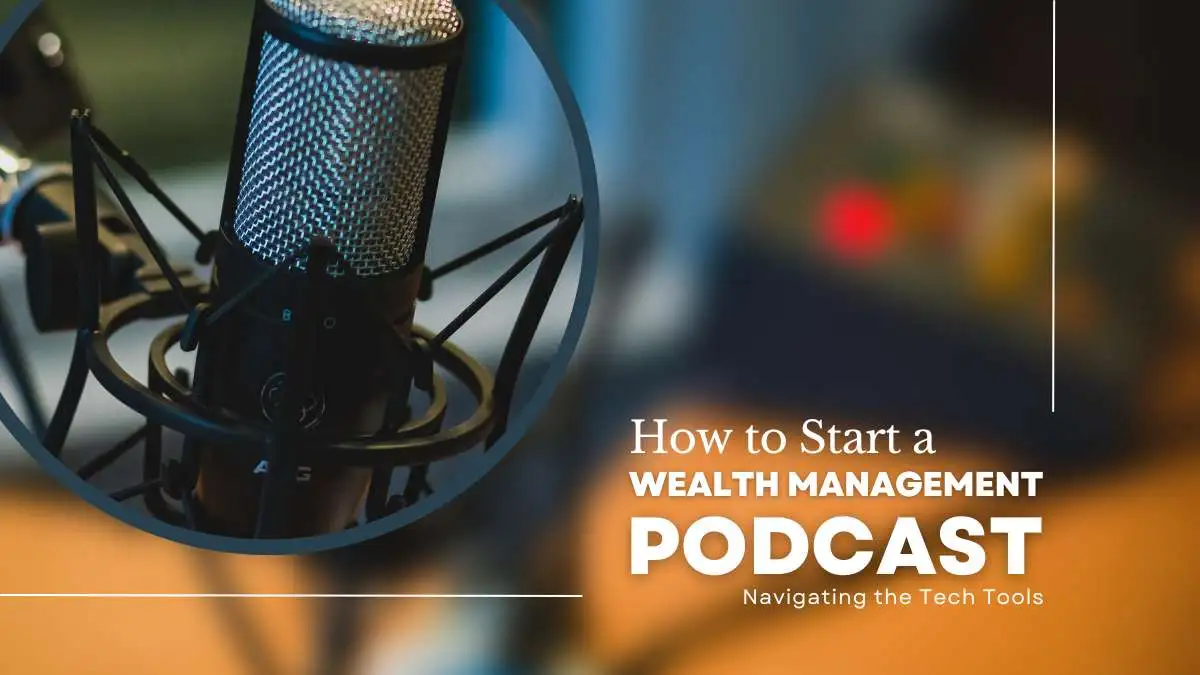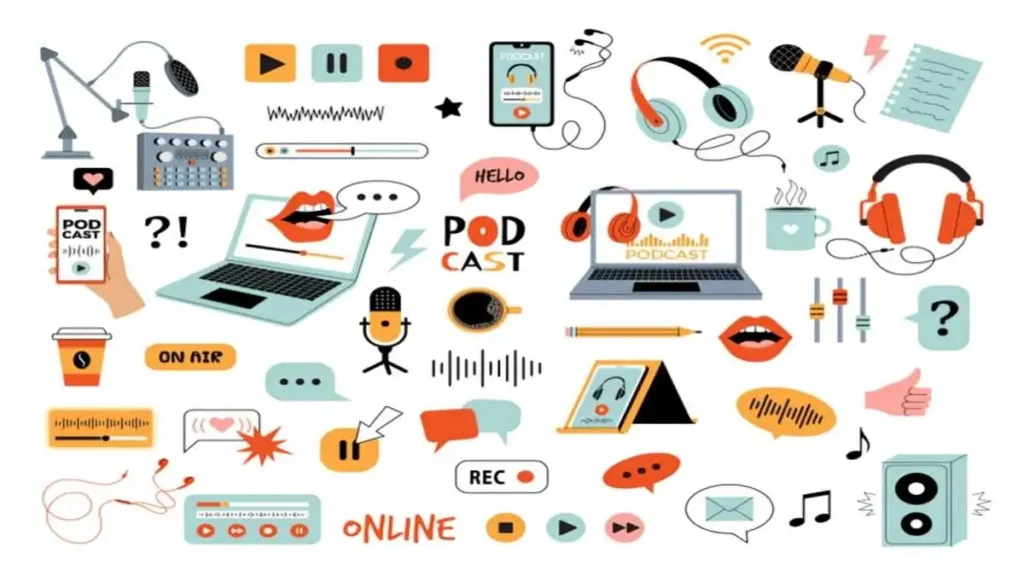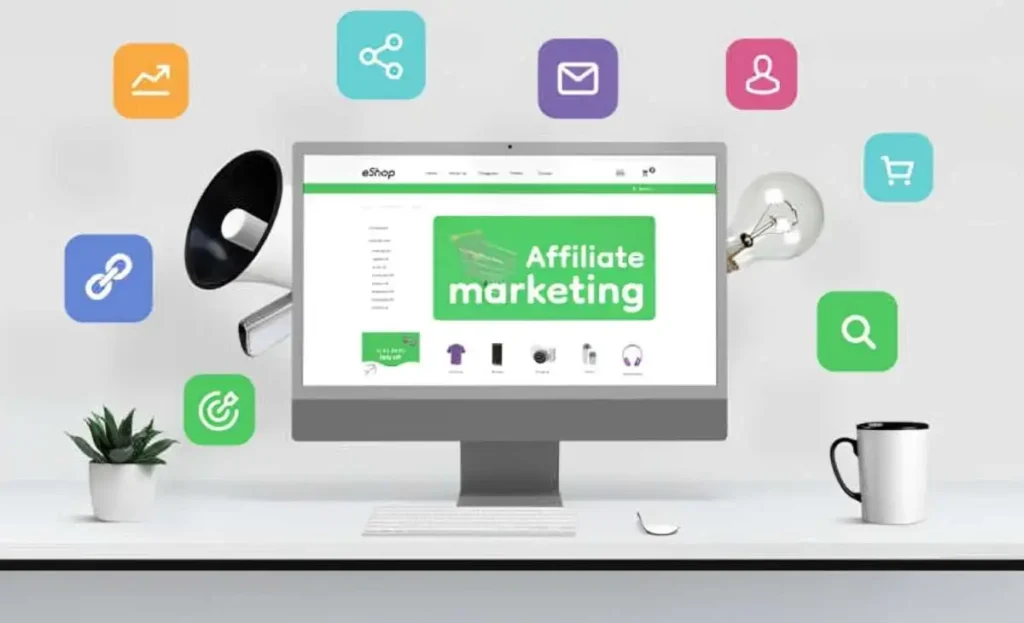GENERAL
Navigating the Tech Tools: How to Start a Wealth Management Podcast

Starting a wealth management podcast can seem hard. This is especially true if you are not familiar with the technology. However, with the right tech tools and a clear plan, you can launch a successful and engaging podcast that reaches a broad audience.
This guide will walk you through the essential steps and tools needed to get started.
Table of Contents
Planning Your Wealth Management Podcast
Before diving into the technical aspects, it’s important to plan your podcast thoroughly. Determine the focus of your podcast and identify your target audience. You may want to cover topics such as:
- investment strategies
- retirement planning
- market trends
- personal finance tips
Having a clear vision of your content will guide your equipment choices and overall setup.
Choosing the Right Equipment
The right equipment can make or break your podcast. As a beginner, you don’t need to invest in expensive equipment. However, it’s important to have reliable tools that will produce high-quality audio.
Microphone
A good microphone is crucial for producing high-quality audio. Many microphones are available. Good starting choices include dynamic microphones and condenser microphones. These microphones offer clear sound quality and are widely used in the podcasting community.
Audio Interface
An audio interface helps connect your microphone to your computer. It does this while keeping sound quality. It converts the microphone’s analog signals into digital. This ensures your recordings sound pro.
Headphones
Monitoring your audio while recording is vital. Closed-back headphones are perfect for podcasting. They block background noise and help you hear audio clearly.
Pop Filter and Shock Mount
A pop filter reduces unwanted noises from plosive sounds, like “p” and “b” sounds, enhancing the clarity of your recording. A shock mount holds your microphone and minimizes vibrations from movement or desk noises. Both tools contribute to a cleaner, more professional sound.

Setting Up Your Recording Space
Creating a dedicated recording space can significantly improve your podcast’s audio quality. Choose a quiet room and minimize echoes by adding soft materials like rugs, curtains, or acoustic foam panels. A well-prepared recording environment ensures your listeners have a pleasant audio experience.
Recording and Editing Software
This is where the real magic happens! There are many recording and editing software options available. These tools allow you to record, edit, and add effects to your audio files. Experiment with different software to find the one that works best for you.
Recording Software
Recording software, also known as a digital audio workstation (DAW), allows you to record, edit, and mix your audio files. Audacity is a free, open-source option that offers robust features for beginners. More advanced software, like Adobe Audition or GarageBand, adds more features and has an easier interface.
Editing Basics
Editing a podcast involves cutting out mistakes. It also involves adding music or sound effects and adjusting audio levels.
Learning basic editing techniques can greatly improve your podcast’s quality and professionalism. Many online tutorials can guide you through the process, regardless of your chosen software.
Publishing Your Podcast
Once your podcast is edited to your satisfaction, it’s time to publish it. There are several ways you can do this.
Hosting Platform
A podcast host stores your audio files. It sends your episodes to platforms like Apple Podcasts, Spotify, and Google Podcasts. Popular hosting services include the following”
- Libsyn
- Podbean
- Anchor
These platforms offer different features and pricing plans, so choose one that fits your needs and budget.
RSS Feed
An RSS feed is a file that allows podcast directories to access your episodes. Your hosting platform will make an RSS feed for your podcast. You will submit it to directories. Listeners will use it to find and subscribe to your show.
Promoting Your Podcast
To reach a wider audience, you need to promote your podcast. Here are some ways you can do that.
Social Media
Use social media platforms like Twitter, LinkedIn, and Facebook to promote your episodes. Share snippets, quotes, or behind-the-scenes content. It will engage your audience and attract new listeners.
Grow your team with freelancers. Streamline your business by giving admin tasks to remote professionals. Click here for a testimonial from a business owner about how outsourcing has helped them grow their business.
Collaboration
Collaborate with other podcasters or industry experts by featuring them as guests on your show. Cross-promotion can help you reach a wider audience and establish your podcast within the wealth management community.
Listener Engagement
Encourage listener interaction by inviting questions, comments, and suggestions. Engaging with your audience through email, social media, or live Q&A sessions can build a loyal community around your podcast.
Consistency and Improvement
Maintaining a consistent schedule and always improving your content will keep listeners coming back for more.
Publishing Schedule
Consistency is key to building and retaining an audience. Choose a publishing schedule that you can maintain, whether it’s weekly, biweekly, or monthly. Inform your listeners of your schedule and stick to it as closely as possible.
Continual Learning
Podcasting is an ongoing learning process. Stay updated with the latest trends and technologies in podcasting and wealth management to keep your content fresh and relevant. Attend webinars, read industry blogs, and listen to other podcasts for inspiration and ideas.
Monetizing Your Wealth Management Podcast
While creating valuable content is important, it’s also essential to consider how you can monetize your podcast.
Sponsorships
One effective way to monetize your podcast is through sponsorships. As your listener base grows, you can attract companies that want to reach your audience with their products or services. These could be financial institutions, investment platforms, or financial education tools.
Negotiate sponsorship deals that align with your brand and provide value to your listeners. Make sure to disclose any sponsorships to maintain transparency and trust with your audience.
Affiliate Marketing
Affiliate marketing involves promoting products or services in return for a commission on any sales generated through your unique affiliate links. This can be an excellent monetization strategy if you regularly recommend books, software, or other resources related to wealth management. Choose affiliate programs that offer products and services you genuinely believe in, ensuring they resonate with your audience.

Launching Your Wealth Management Podcast
Starting a wealth management podcast involves careful planning, the right equipment, dedicated setup, recording and editing skills, proper publishing, and effective promotion. By following these guidelines, you can create a podcast that not only showcases your expertise in wealth management but also resonates with a wide audience.
Remember, the key is to start simple and gradually improve your setup and content as you grow more comfortable with the process. Happy podcasting!
For similar topics, visit our blog!
-

 GENERAL2 months ago
GENERAL2 months agoUncovering the World of кинокрадко: The Dark Side of Film Piracy
-

 GENERAL1 month ago
GENERAL1 month agoUnveiling the Art of преводсч: How Translators Bridge Language Barriers
-

 YOGA1 year ago
YOGA1 year ago4 Person Yoga Poses for Beginners
-

 GENERAL2 months ago
GENERAL2 months agoThe Journey of iamnobody89757: From Anonymous User to Internet Sensation


























